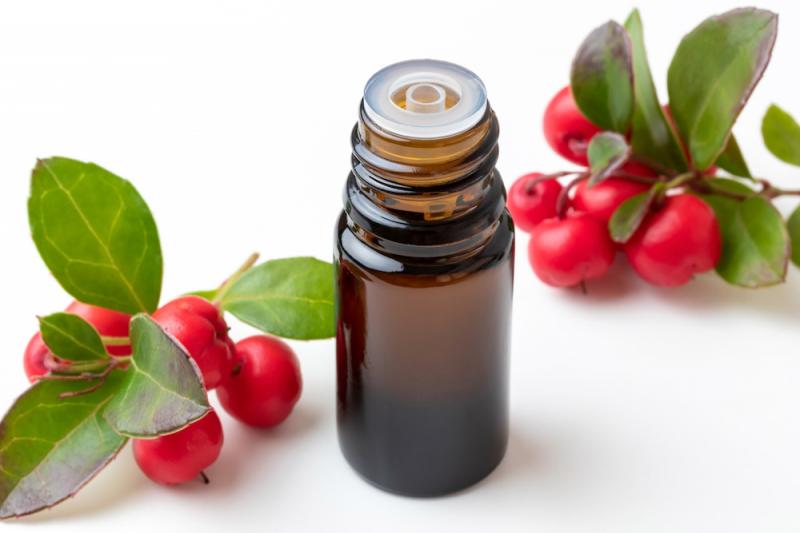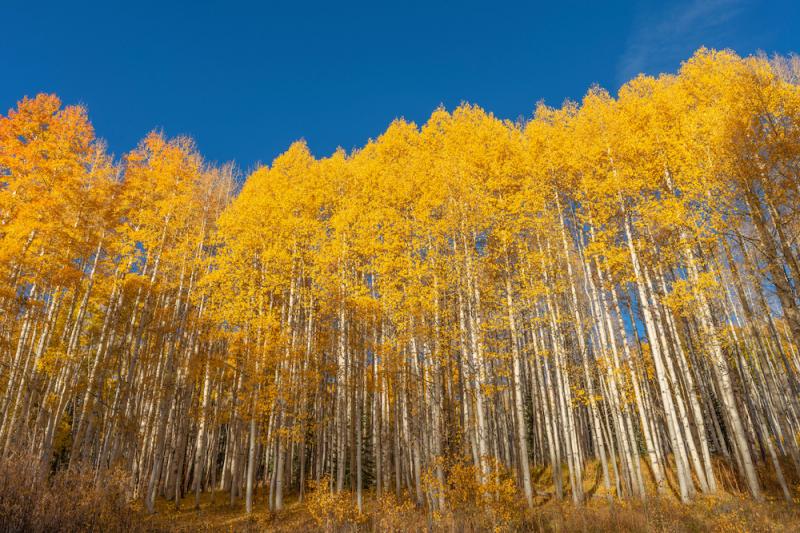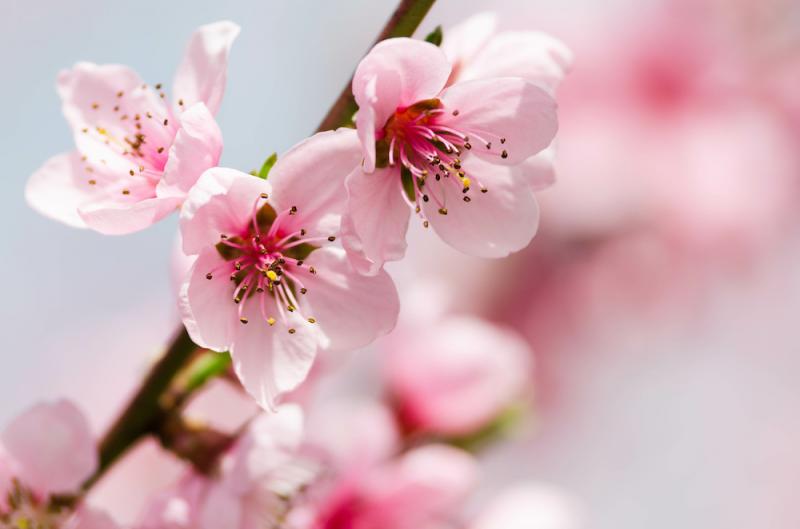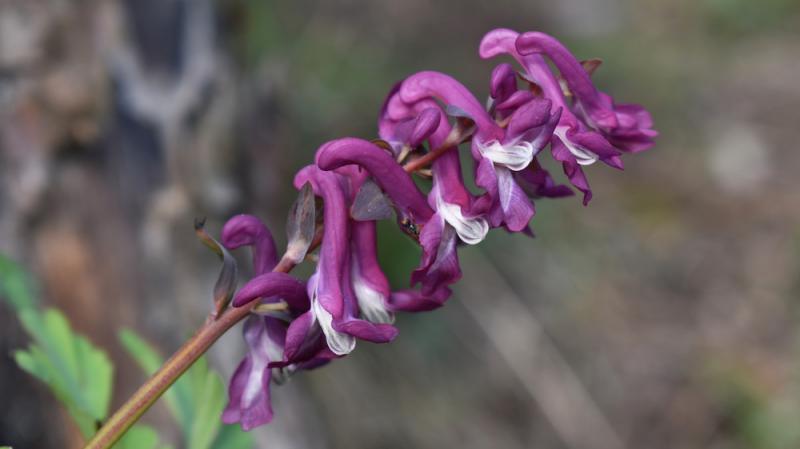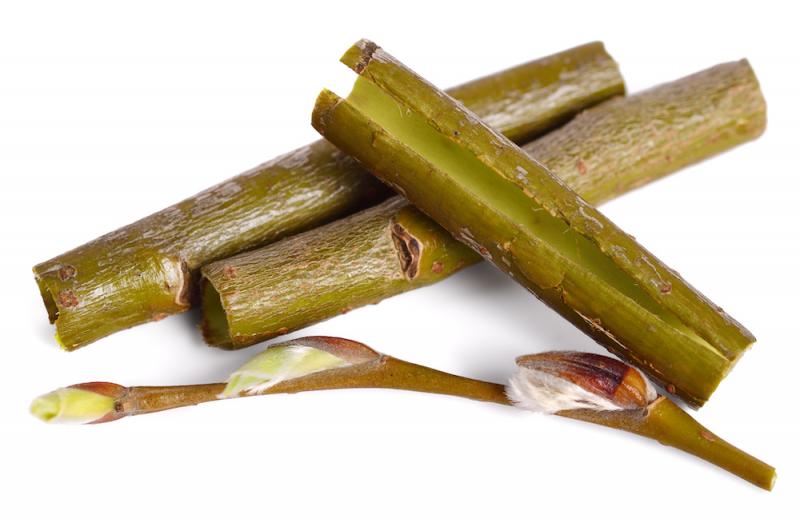- October 18, 2022
Wintergreen
While I’m less familiar with medicinal plants that grow in the Eastern US than I am with those that grow here in Utah and the surrounding states, there is at least one eastern medicinal herb I can readily identify, wintergreen. It’s a low-growing shrub, less than six inches tall, with leathery oval leaves. It is especially easy to spot in the fall because its leaves stay green and it has bright red berries. And, if you’re not sure you have the right plant, smell it. If you’ve ever smelled…
- October 11, 2022
Mangosteen and Xanthones
Sometimes called the queen of fruits, mangosteen is a tropical fruit that is consumed in Asia and other parts of the world. As a fruit, they haven’t caught on in North America. I’ve never seen them at the grocery store, fresh or preserved, even though they are commonly found canned, frozen, and dried in other countries. I’ve seen and eaten some of the fresh fruits when I was lecturing in England. They were delicious.So, mangosteen is one of those herbs I’m primarily familiar with as a part…
- October 4, 2022
The Beautiful and Useful Quaking Aspen
Although not widely used, aspen is a valuable herbal remedy, both physically and emotionally, as are the other members of the poplar genus. The Western quacking aspen is Populus tremuloides and there’s also a European aspen species, P. tremula. Both Latin names refer to how easily aspen leaves tremble (or quiver) in the slightest breeze. Most leaves have round petioles (the leaf stalk), but the petiole in aspen leaves is flat so it bends more easily in the wind. This is an important…
- September 22, 2022
The Cooling, Soothing Peach Tree
Beyond producing peaches for eating; the peach tree has medicinal value. In this case, it’s the bark, leaves, and pits that are all used as cooling remedy, good for any kind of hot, dry, inflamed tissue.
- September 20, 2022
Utilitarian Yucca
I live in the American southwest, which is home to the yucca plant, Yucca glauca, Y. baccata, and other species. It’s a native of the American desert southwest and the Mexican desert highlands, but its range extends all the way to the east coast and up to the Dakotas, so it grows in most areas of the United States. Yucca was valued by Native Americans for many reasons. It was used for food, medicine, and other utilitarian purposes. Yucca's Many Uses Several years ago, I had the opportunity to…
- September 13, 2022
Corydalis
I was introduced to corydalis when I created a class on Chinese herbal medicine with my friend and fellow past president of the American Herbalists Guild, K.P. Khalsa. Corydalis was one of the herbs I wasn't familiar with until K.P. provided information about it for the class manual. At the time I was having some serious problems sleeping due to some incredibly stressful events I’d been through. I don’t know if any of you have reached a point in your life where you feel mentally and emotionally…
- September 6, 2022
Willow: Nature's Original Pain Reliever
What to do about pain has always been one of my major concerns. Modern medicine affords people so many options for pain relief that people take it for granted that they can take something to ease pain. But what if these medicines weren’t available? How could we help ease the suffering of others? My interest in herbs began with an interest in outdoor survival and emergency preparedness. So when I write about the health benefits of herbs, the emergency preparedness aspect of herbalism is always…
- August 23, 2022
Purslane
My introduction to herbs came in my teens, studying outdoor survival. I became fascinated with edible and medicinal wild plants. While sampling edible wild plants I quickly learned that there was a huge difference between plants that are edible and plants that are palatable. There are some wild foods that I would never eat unless I was starving, but others are quite delicious and I’m happy to eat them when I find. One plant in the latter category is purslane Because purslane is a common garden…

